In this two-part series, read on to learn some interesting facts about the 10 most endangered animals in the world and how we, as a race, should be more cognizant of the plight of these beautiful creatures.
10. Gorillas
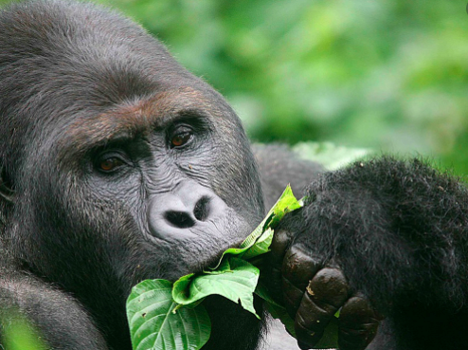
Gorillas share close to 97% of their DNA with humans! They are capable of feeling emotions and even behave like us sometimes – did you know they can laugh? There are two species, the Eastern Gorilla and the Western Gorilla, and they both have two subspecies. Three out of four are Critically Endangered on the International Union for Conservation of Nature (IUCN) Red List of Threatened Species. The only one that isn’t is the Mountain Gorilla, a subspecies of the Eastern Gorilla.
9. Rhinos
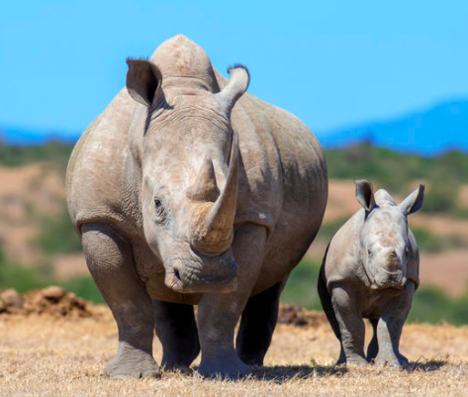
Rhinoceros comes from two Greek words Rhino and Ceros, which when translated into English mean nose horn. Human beings are almost entirely responsible for this beautiful creature nearing extinction. Poaching for their distinctive horns is their biggest threat. Three of the five species of rhinoceros are among the most endangered species in the world: the black rhino, Javan rhino and the Sumatran rhino. The Javan rhino is the closest to extinction with only about 50 left, of which most are in the Ujung Kulon National Park in Indonesia.
8. Sea Turtles
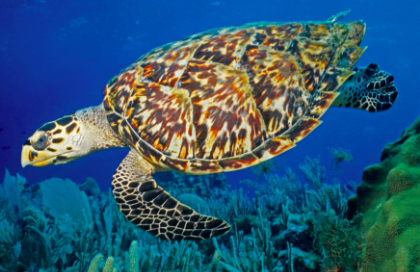
Hawksbill Turtles and Kemps Ridley Turtles are on the IUCN Red List of Threatened Species. Hunting is one of the biggest threats to sea turtles, with poachers targeting their eggs, shells, meat and skin. They are also at risk from habitat loss and pollution as well as climate change. Sand temperature determines the sex of hatchlings with eggs developing as females in warmer temperatures. That means even small temperature changes could skew the sex ratio of populations.
7. Saola
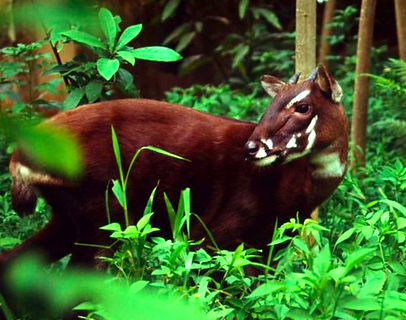
The Saola is one of the rarest large mammals on Earth. It was first discovered in 1992 in the Annamite Range in Vietnam. The Saola is elusive and so rarely seen it’s known as the Asian unicorn.
6. North Atlantic Right Whale
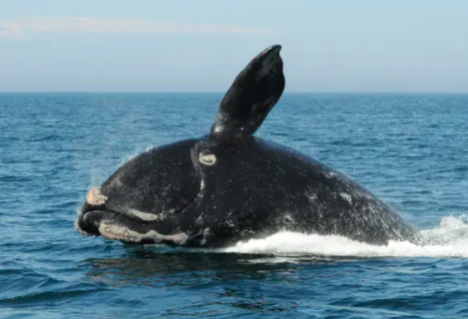
They are gentle giants that stay close to coasts and spend a lot of time at the surface skim feeding on zooplankton, all of which makes them an easy target for hunting. They were almost wiped out by hunters for their blubber and are now one of the most endangered large whales. They are now protected, and hunting is illegal, but population recovery is slow. They are only about 400 left, out of which, only 100 are breeding females. Females don’t breed for the first ten years of their life and then will give birth to a single calf every six to ten years. Vessel traffic also creates noise that interferes with their ability to communicate. Whales use sound to find mates, locate food and avoid predators, as well as to navigate and talk to each other.
Stay tuned for the Top 5 World’s Most Endangered Animal Species in the second part of the blog series. Can you guess which animals will feature on the IUCN Critically Endangered List?
*All images for this post sourced from Google and WWF
From tigers in Asia to elephants in Africa, wildlife crimes only seem to make the news when it concerns rare and exotic species and high-value animal parts like rhino horns.
But there’s no need to cross the ocean to find the pervasive and persistent problem of poaching and links to an international black market. Poaching for specific high-demand animal parts to feed the demand of a nefarious underworld of dealers, merchants and buyers is widespread in the U.S., its fingers extending to nearly all parts of the country.
And with any criminal enterprise, it’s the money that supplies the motive. For example, the American black bear has long been poached for its hide, paws, gallbladder, and bile, mainly due to their use in Eastern medicine. (Gallbladder and bile are often used to treat diseases of the heart and kidneys.) Undercover operations have found single dried bear gallbladders fetching as much as $30,000 on the black market.
But it’s not just the American black bear that’s under siege. The horns of ram sheep can sell for more than $20,000 on the black market. The bighorn sheep, which largely resides in the area between the San Jacinto Mountains and the U.S.-Mexico border, has been on the U.S. Fish and Wildlife Service’s endangered species list since 1998. Although land development and disease have been the major contributors to the dwindling of this species, poaching is only putting more nails in the coffin. These sheep are usually found in remote areas, making it a challenge for game wardens to patrol and monitor poaching activity.
Shark fins are also highly valued in Eastern cultures, making poaching off the coast of California a major problem, despite the fact that selling or distributing shark fins is illegal under California’s Shark Fin Law. When a great deal of money is at stake, the crimes continue. A single shark fin can sell for $500 in China, where it is used to make shark fin soup, a delicacy. It is estimated that there are more than 100 million shark deaths every year due to shark finning: the practice of catching a shark, slicing off only the coveted fins, then tossing the animal back overboard to die a slow and painful death To read the full article visit: gamewarden.org
We have a serious problem of illegal hunting in the U.S. and the NRA is NOT holding their original standards which was about gun SAFETY AND TRAINING. NRA became the only national trainer of law enforcement officers with the introduction of its NRA Police Firearms Instructor certification program in 1960. In civilian training, the NRA continues to be the leader in firearms education. Over 125,000 certified instructors now train about 1,000,000 gun owners a year. Courses are available in basic rifle, pistol, shotgun, muzzleloading firearms, personal protection, even ammunition reloading. Additionally, nearly 7,000 certified coaches are specially trained to work with young competitive shooters. The focus now is more about fighting for gun rights, money and political power. Safety means nothing to the NRA. By the NRA getting away from their roots has created a very dangerous gun problem in the United States.
Another problem in the U.S. is Texas
Of the 1,525 seizures that FWS recorded at the U.S.-Mexico border from January 2020 to September 11, 2023, more than 85 percent occurred in Texas, accounting for 17,317 animals and exotic animal parts—such as a South African ostrich and shark bones. Learn more here:
The biggest organization that is a threat to our wildlife is Safar Club International with their trophy hunting AND Hunting contests! Learn more at
To read about Wildlife Crime and Corruption in the U.S. follow Cami Ciotta's newsletters at linkedin.com
To support our fight to educate people the need to protect our wildlife please donate $5.00 at wildlifebroadcast.com
or visit our store and make a purchase at mojostreamingwildlife.com
Thank you for your support and to be a part of the movement please sign up at Sign Up - MojoStreaming.com
Coming to MojoStreaming on November 1st just in time for the holidays. We will have a large selection of Wildlife Watercolors that you can print off and frame yourself! All for under $25.00! Choose your favorite, add to cart, print, frame, gift it or keep for yourself.
We will have special sales to where you can buy for under $20.00! Hint Hint like Black Friday. Here are just a few examples of what you will find.
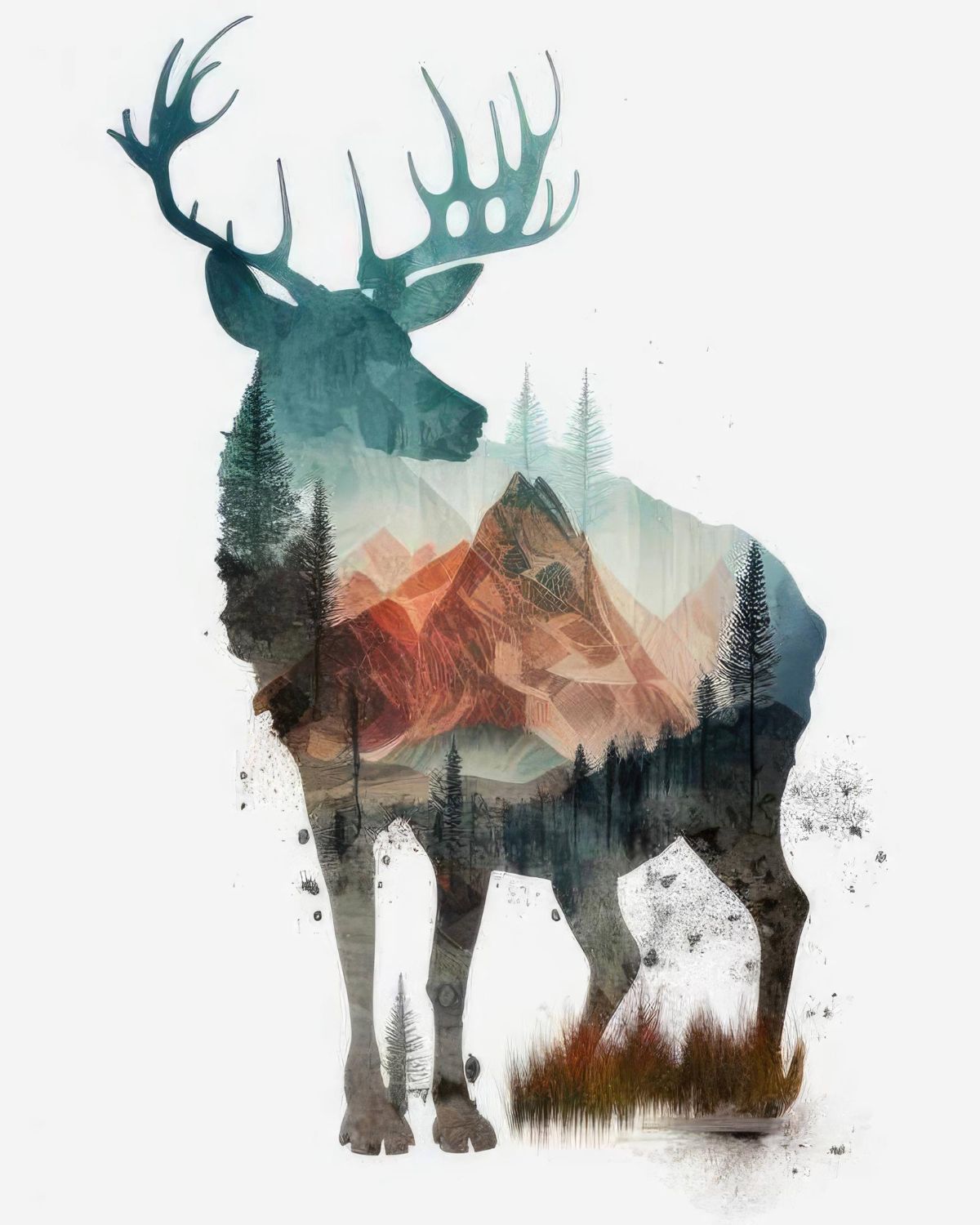
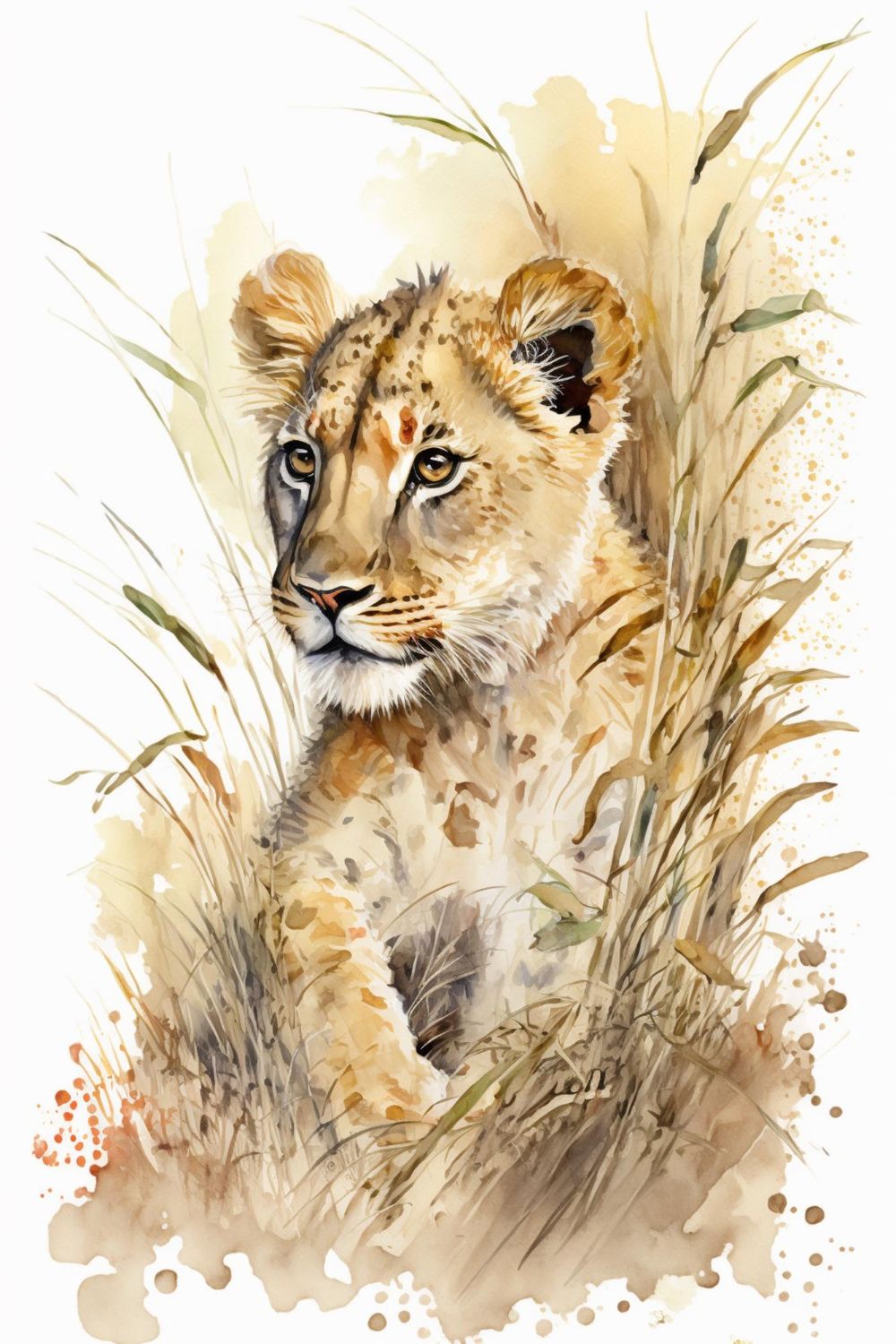
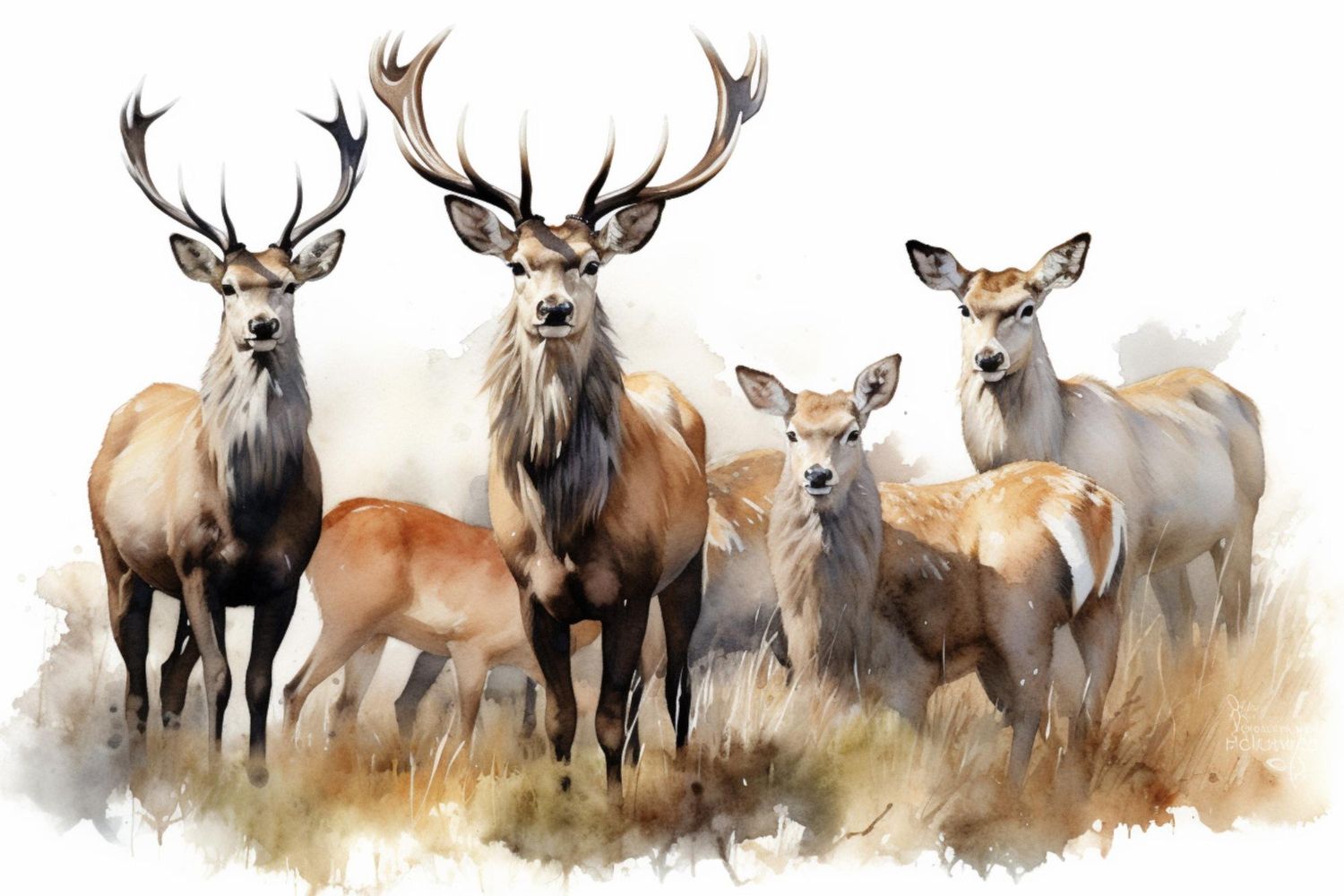
TOP 10 World’s Most Endangered Animal Species
In this two-part series, read on to learn some interesting facts
about the 10 most endangered animals in the world and how we, as a race, should
be more cognizant of the plight of these beautiful creatures.
10. Gorillas
TOPS FLIP FLOP
State caves in to game farmers and hunters over key wildlife protection
By Don Pinnock
10 Apr 2023
Vital legislation in South Africa for the protection of wildlife has been stopped in its tracks by a mysterious settlement between game breeders/hunters and the Department of Environment.
BeyondWords
The Department of Environment (DFFE) had gazetted the most progressive wildlife protection legislation ever drafted in South Africa. It seemed like good news for beleaguered wildlife.
But just before it was to become law, game breeder and hunter organisations applied for an urgent interdict to halt it. DFFE responded with a convincingly argued defence of its legislation, clearly indicating its strong opposition to the application, not least on the grounds that it was not urgent.
But at the last minute, in a secret, out-of-court settlement, the Department withdrew the proposed Threatened or Protected Species (TOPS) regulations as well as related Norms and Standards amendments and agreed to pay the applicants’ legal costs.
Its reasoning? “Due to the urgent timeframes of the litigation, the Department required additional time to consider the varied issues raised in the court application” by Wildlife Ranching South Africa (WRSA) and the Professional Hunters Association of South Africa (PHASA). So was it urgent or wasn’t it?
What’s curious is exactly what happened between 24 March, when the Department filed its comprehensive and well argued 91-page affidavit opposing the interdict, and 27 March when it completely backtracked in conceding to retract the regulations without revealing any of its arguments.
Because the TOPS regulations were closely interlinked to four other Government Notices – also due to come into effect on 1 April – DFFE has also withdrawn the revised Norms and Standards for the management of elephants, the hunting of leopards, the amended protection list of 266 wild mammal, fish, birds, invertebrates and plants and new regulations involving the trade in rhino horn.
What were the seemingly convincing arguments made by WRSA/PHASA that made the DFFE back off? What other agreements or aspects to the settlement were reached? And why and on what basis did DFFE agree to pay costs when, in such cases, each party normally pays them? At this stage nobody’s talking and a request to DFFE by Our Burning Planet got no reply.
Consultation timeframes
The TOPS regulations were published on 3 February for public comment before being promulgated, and at that point WRSA and PHASA met with the Department. Were their concerns raised then? What prompted them to take the Department to court?
Explaining the court challenge, the CEO of PHASA, Dries van Coller, said the publication of the TOPS regulations and species list had taken the industry by surprise because the previous very limited public participation process was eight years ago in 2015.
“The Minister’s promulgated version of the regulations differed materially from the previous versions and included numerous provisions which would be detrimental to the ability of game ranchers and professional hunters to conduct sustainable business in the game industry.”
Van Coller had grounds for complaint. Very limited public participation followed the publication of the TOPS regulations. This is in contrast to the exhaustive consultation following the recommendations of the High Level Panel on lions, rhinos, elephants and leopards and also the White Paper on Biodiversity just approved by Cabinet.
It is also surprising that the minister’s legal advisers appear to have failed to take note of the precedent affirmed for the requirements for public participation in two other cases. One was an interim interdict granted to the Humane Society International-Africa which challenged the hunting and export quotas for elephants, rhinos and leopards. The second judgement was obtained by Endangered Wildlife Trust overturning the Department of Agriculture’s inclusion of several species of wild animals under the Animal Improvement Act.
More than time frames
A reading of the TOPS regulations, however, makes it clear why game farmers and hunters hit the panic button. It’s not just about consultation time frames. Following the report of the High Level Panel, DFFE’s Cabinet-approved proposals on animal wellbeing and the White Paper on Biodiversity just published, it’s clear that Creecy is responsive to increasing reports and studies on cruelty on game farms and, particularly, the hunting of lions bred for the bullet.

A lion in a breeding facility. (Photo: Conservation Action Trust)
All this is having a negative effect on South Africa’s image abroad at a time when the country desperately needs to rebuild its tourist industry after the Covid pandemic.
The new TOPS regulations tighten the thumbscrews on sloppy, inappropriate, dangerous and cruel game farming and hunting in an industry that has mostly been at great pains to fly below the radar. They considerably tighten regulation of captive breeding, rehabilitation, temporary holding and commercial exhibition facilities, game farms and animal translocators.
But the regulations go much further, listing 266 species as vulnerable, endangered, or critically endangered with precise listing of restricted or prohibited activities with regard to each. These include all rhino species, elephants, lions, leopards, African wild dogs, cheetahs, hyenas and a range of plains game including southern roan and sable antelope and both species of zebra.
TOPS also tightens regulations around hunting permits and drills down on captive breeding, which must have infuriated breeders and would have been the main points of contention in the court case. A huge bone of contention with facilities involved in so-called canned hunting, where hand-reared lions are released to be shot, would have been regulations prohibiting the hunting of a large predator in an area adjacent to a captive holding facility.
Also prohibited would be the introduction of wild-caught predators to breeding facilities, a time limit after which rehabilitation facilities would have to return animals to the wild, and a ban on breeding in sanctuaries.
The TOPS regulations put captive breeding facilities under an official microscope with the ability to close them down for non-compliance with the strict guidelines. All animals and the conditions under which they are kept would have to be documented for official inspection and stud books kept to curb inbreeding and hybridisation.
Enclosures would need to comply with regulations, the food supply for captive animals detailed, plans provided for the removal of waste and the availability of veterinary services. Captive breeding facilities would be required to provide a description of the strategies used in breeding that contribute to the conservation of wild populations, a requirement that lion farms would find impossible.
Breeding facilities would be denied registration if their activities conflicted with the Biodiversity Act or with anything within the TOPS regulations. And to add to the uncertainty of game breeders, their registration could be cancelled if “there is a change in the conservation status of the species involved being bred, reared, propagated, traded or kept by a permit holder”.
A question of capacity
A weakness of the TOPS regulations – and this would have been pointed out in the court case – is that the tight control required by DFFE would require far more trained officials and a data collection system capable of responding quickly and efficiently. Sadly, neither national or provincial environmental departments have either of these. This point was hammered home by Dries van Coller of PHASA:
“We are already being hamstrung by the inability of various national and provincial departments to administrate the myriad of environmental regulations. State departments already do not have the capacity or funding to administer the wildlife industry properly.
“We receive complaints from members on a near-daily basis of permits not being processed. There is simply no money in some provinces to cover the costs associated with statutory oversight work. The system is stalling due to the department not having enough people and money to do their job. Now we see a Minister who wants to impose even more conditions on an already over-regulated industry.”
So here’s the question. Will the TOPS regulations and linked wildlife laws be scrapped, rewritten or hit a new round of contestation? No time frame or way forward has yet been suggested. For now the issue lies smouldering in a firepit of confusion. OBP